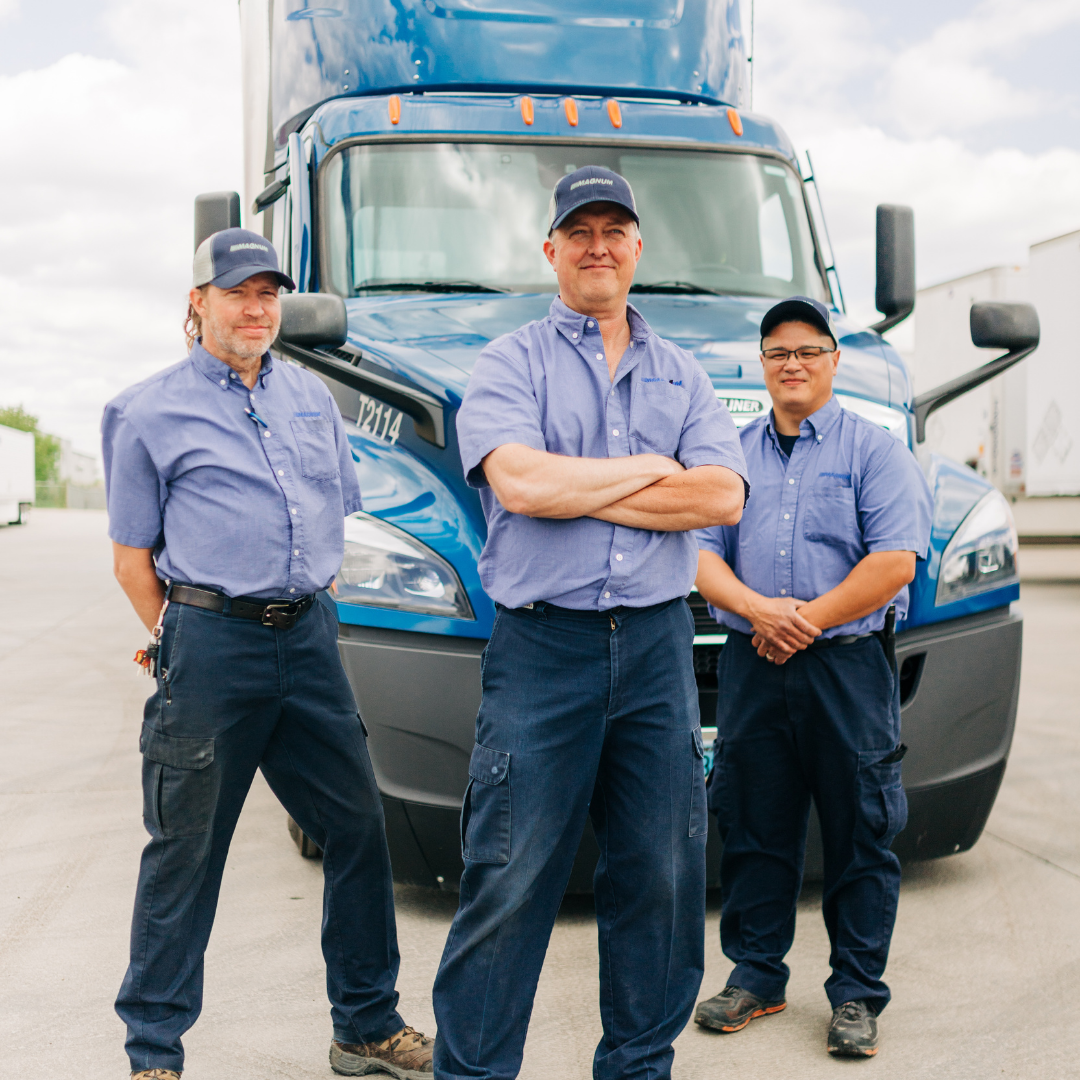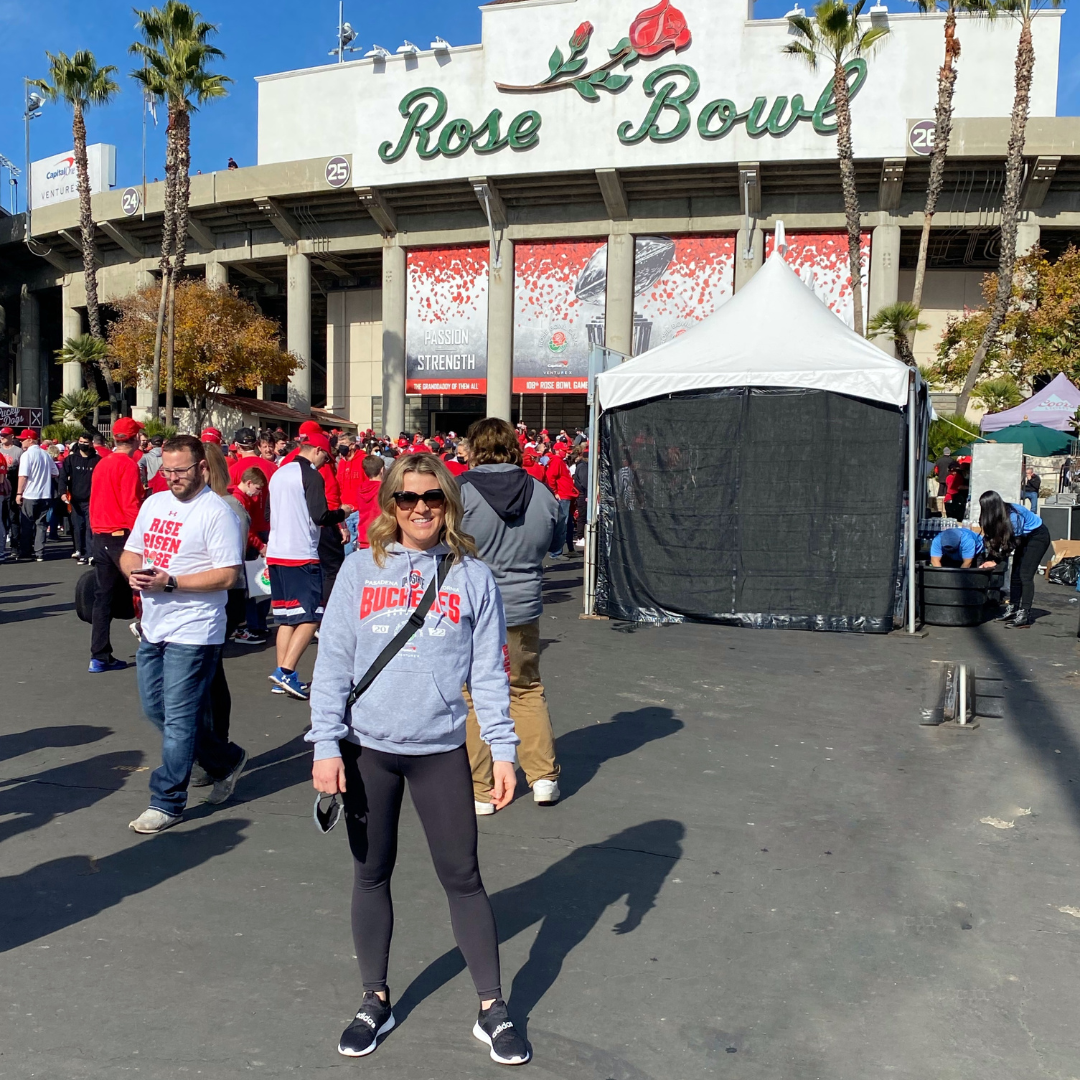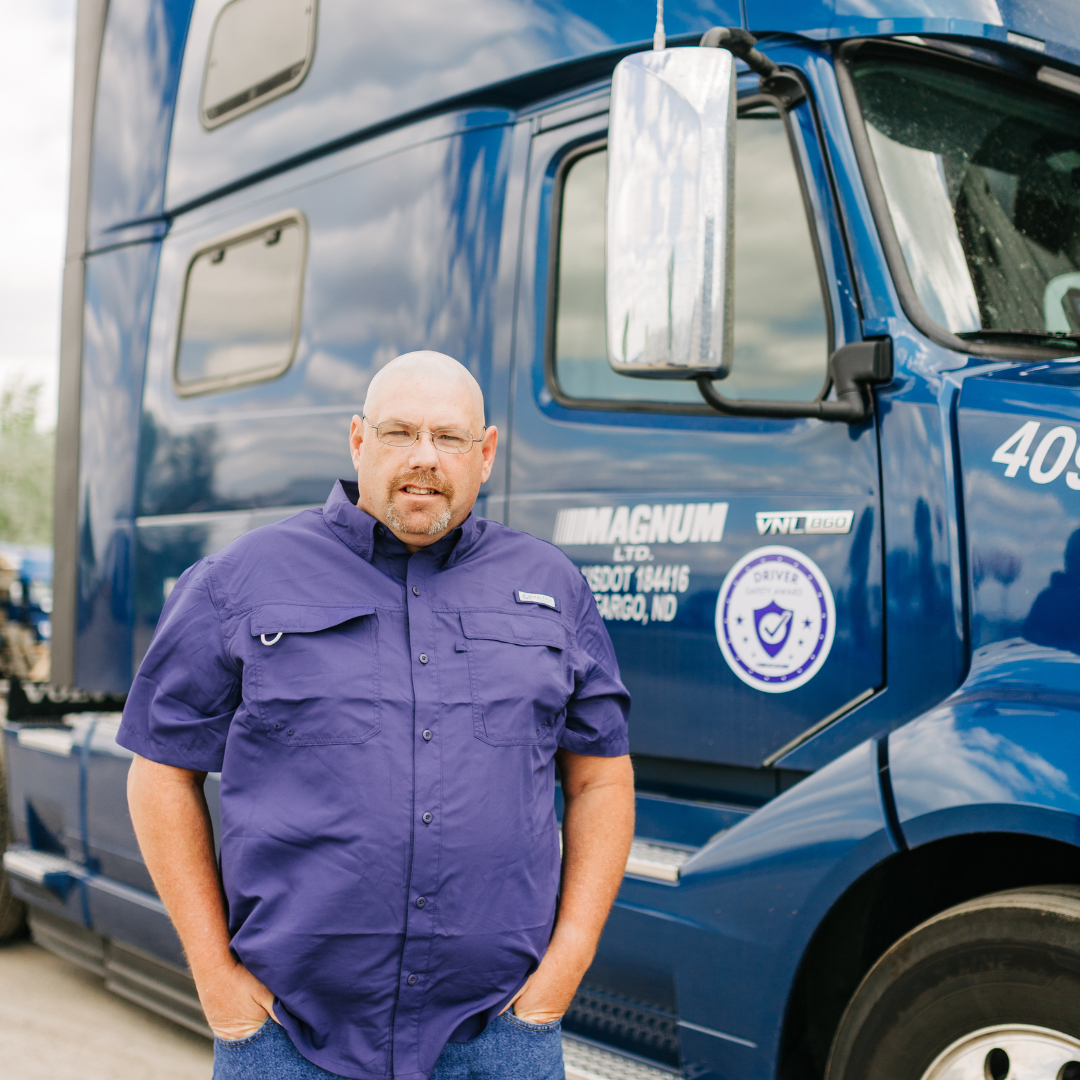The More You Know: Reefer Trailers
Here's all you need to know about reefer trailers.Refrigerated truck trailers: commonly known as reefer trailers, have a built-in refrigeration system to help regulate temperature, keeping freight at its best. From pick-up to drop-off, reefer trailers allow freight to be temperature controlled. Let’s take a deeper dive into what makes a reefer trailer, a reefer trailer!
What’s the difference between a dry van and a reefer trailer?
Dry vans and reefers are similar in standard sizing, but reefer trailers have a few differences!
Reefers have either metal or fiberglass walls and ceilings. The metal or fiberglass helps with insulation, and prevents water and/or odor damage from the product. Additionally, reefers have a refrigeration unit on the nose of the trailer which helps regulate temperature inside the trailer. The point of a reefer trailer is not to control temperature, but keep heat removed from inside the trailer – or similarly, keep heat inside the trailer during the colder seasons to keep the product from freezing.
How does a reefer trailer work?
Reefer trailers consist of three main components: an evaporator coil, compressor, and a small diesel engine.
The compressor is responsible for powering the evaporator coil, and the small diesel engine is responsible for powering the compressor. The evaporator coil takes the passed air from inside the trailer, removing the warmer air and turns it into colder air throughout the trailer.
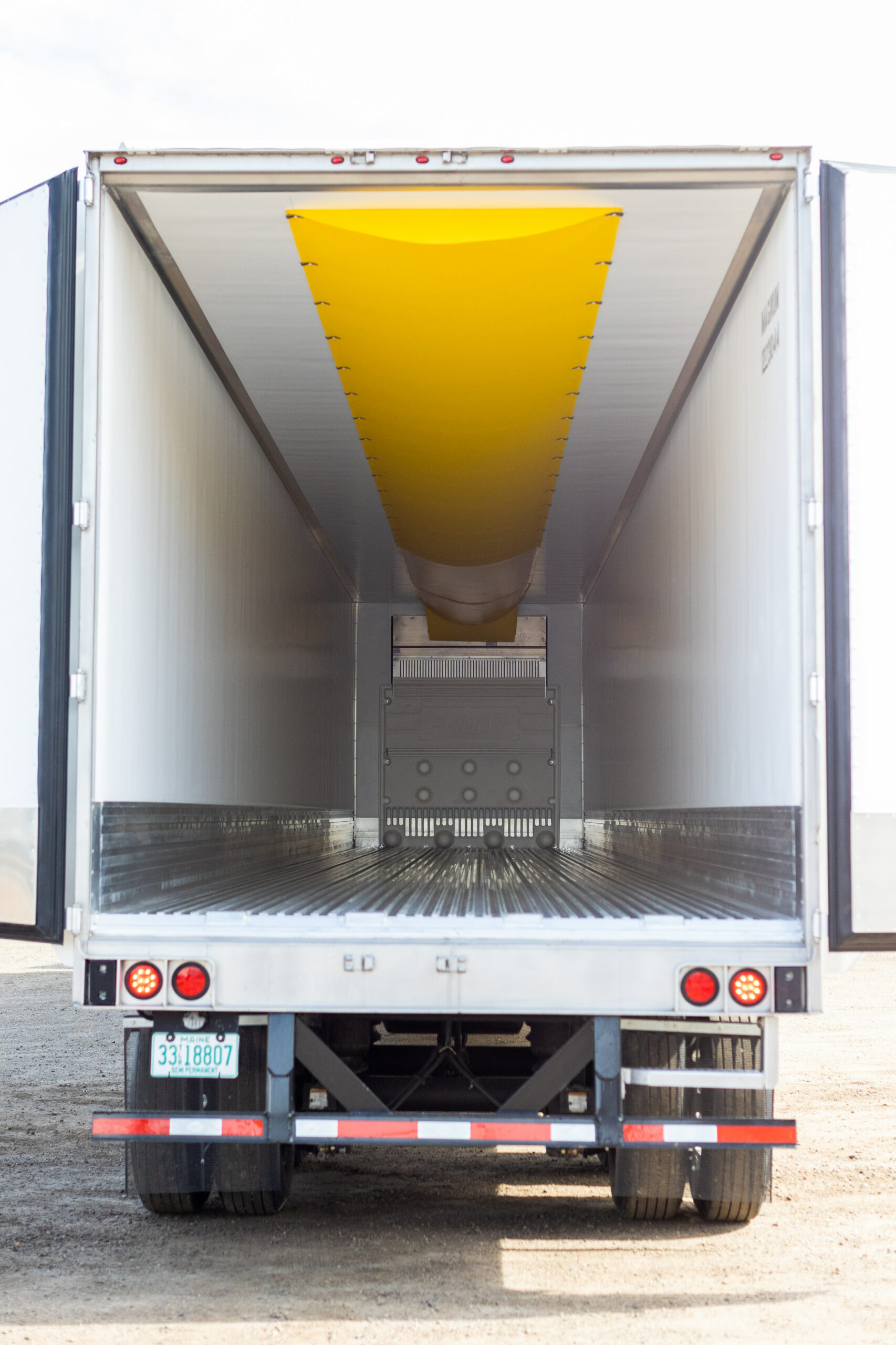
What is an air chute in a reefer trailer?
Every reefer has what is called an air chute. An air chute is basically a shaft that runs across the trailer’s ceiling (see previous photo). The chute is what blows sizeable amounts of cold air from the reefer unit all the way to the back of the trailer. This allows uniform temperature throughout the trailer, keeping the freight cold and the warm air at bay.
What is the difference between cycle and continuous air within the refrigerated trailer?
Interestingly enough, there are two main ways to run a refrigeration unit: cycle or continuous.
Cycling the air in a refrigeration unit is helpful for lessening diesel intake, but can also generate further temperature change. Most freight, like produce, actually generates heat so this causes the need for a continuous stream of cold air to sustain a stable temperature. Cycling is used when the freight is less temperature sensitive, typically used for frozen freight that can endure small changes in temperature.
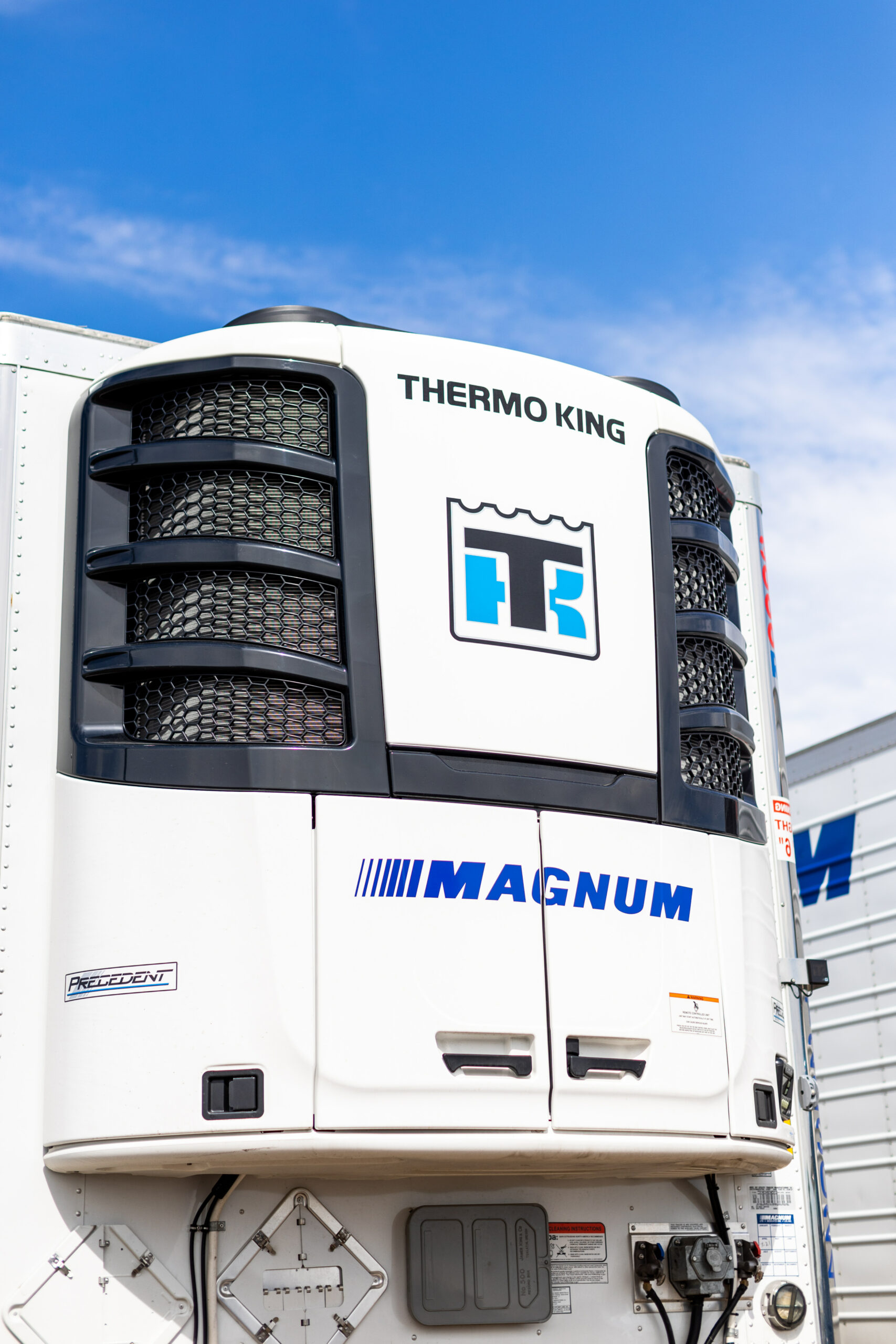
What kind of products ship in a refrigerated trailer?
Reefer trailers haul any freight that can be harmed by low or high temperatures. Some examples include perishable foods, paint, hazardous materials, liquids, medical supplies, and plants.
Most reefers carry food products that are ultimately shipped from the farm to the grocery store. Something small to think about, but these trailers often haul the food we consume on a daily basis! One more reason to thank the men and women who spend their time out on the road to make sure us consumers get our food.
Reefers also carry a large amount of medicinal supplies. Everyday, reefer trailers make stops at hospitals and clinics with pharmaceuticals to ensure patients are getting the proper means necessary to stay healthy.
Now when you see a reefer out on the road, you’ll think of all the endless possibilities that could be inside! Always remember to thank the men and women who drive long hours on America’s highways to make sure our goods get to the shelves. They keep America running smoothly – thank you, drivers!
READ MORE
Explore more topics in our other blog posts.
Five Health Tips for Truck Drivers
Faces of Magnum: Katie McPherson
Becoming a Magnum Driver Trainer
